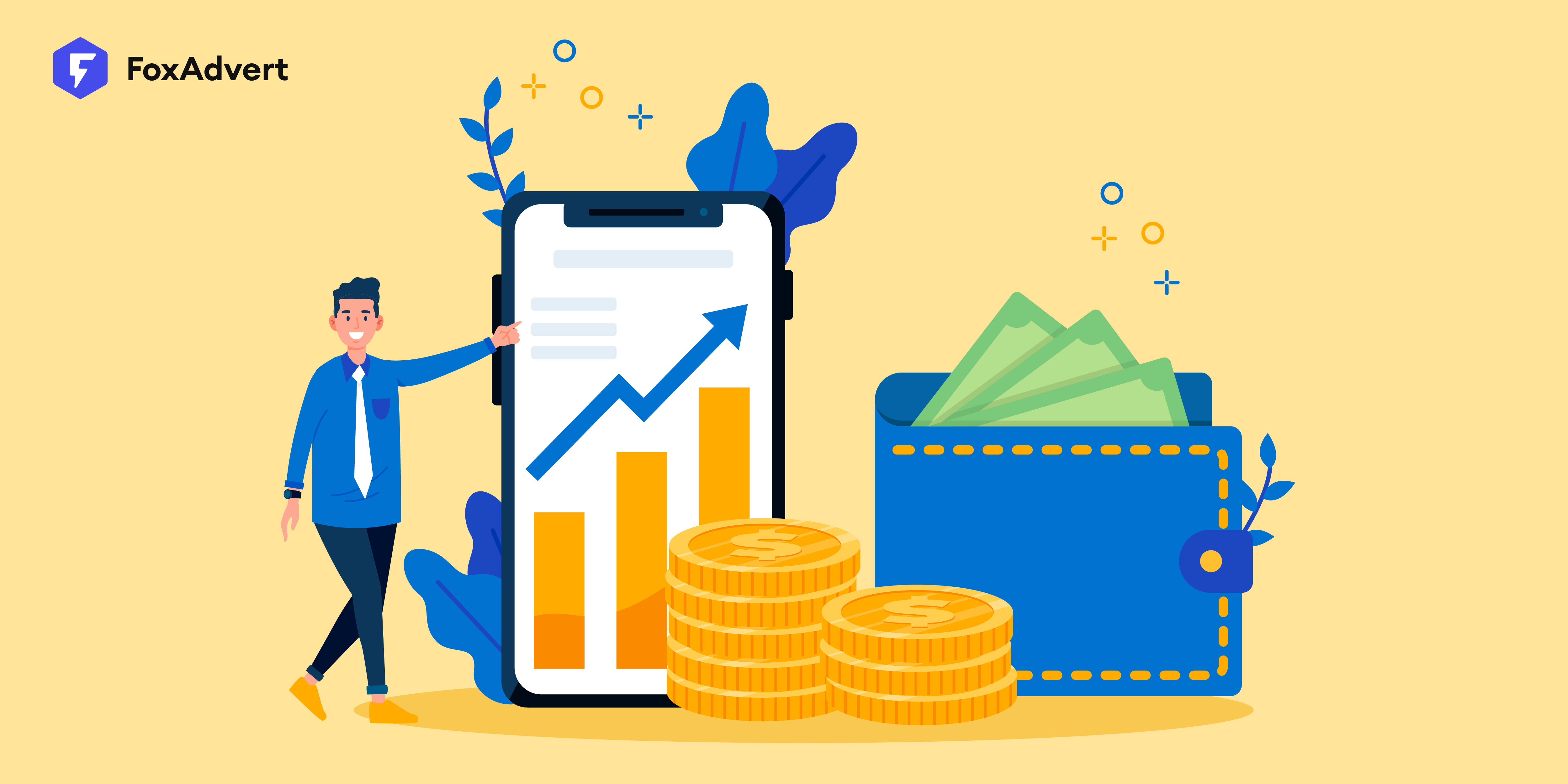
In today’s competitive mobile app market, developers not only need to build a great product but also find the best way to monetize it for sustainable growth. Whether you're an independent developer or part of a larger company, selecting the right monetization strategy is crucial. In this article, we’ll cover 8 app monetization strategies to help you find the perfect fit for your app.
Mobile app monetization is the strategy of generating revenue from mobile applications by leveraging user engagement and interactions. It involves implementing various techniques to maximize earnings while ensuring that the app continues to deliver value to its users. Successful monetization requires a deep understanding of user behavior and market dynamics, allowing developers to make informed decisions that enhance both user experience and revenue potential.
Advertising is one of the most common ways to monetize mobile apps. By showing ads to users, app developers can earn revenue from advertisers. This strategy is effective because users can access the app for free, while developers earn money through impressions, clicks, or other ad interactions. Common ad formats include:
● Banner ads: Displayed at the top or bottom of the screen, non-intrusive.
● Interstitial ads: Full-screen ads shown between app actions or transitions.
● Rewarded video ads: Users watch a video ad in exchange for in-app rewards (e.g., currency or items in a game).
Best for:
Free apps with a large user base, such as games or social apps, where frequent engagement can drive ad revenue.
In-app purchases allow users to buy virtual goods or premium features directly within the app. This strategy is particularly popular in mobile games, where users can purchase power-ups, new characters, or access to special content. In-app purchases offer a way to enhance the user experience while generating revenue.
Best for:
Freemium apps that offer basic features for free, while encouraging users to pay for additional benefits or upgrades.
The subscription model has gained traction in recent years, especially for apps that provide continuous content or services. Users pay a recurring fee (monthly or yearly) to access exclusive content, features, or ad-free experiences. This model is widely used in content-heavy apps, such as music, video streaming, fitness, or news apps.
Best for:
Apps that offer ongoing value with regular updates or new content, like streaming platforms, news apps, or health services.
Paid downloads involve charging users a one-time fee to download the app. While less common than other monetization strategies, this method is effective for apps that offer a unique experience or professional tools that users are willing to pay for upfront. Apps that justify a one-time purchase typically offer high-quality content or features.
Best for:
Specialized apps, such as productivity tools or premium games, where users see immediate value in paying upfront for a top-notch experience.
Freemium apps offer basic functionality for free while charging users for access to premium content or advanced features. This model allows developers to attract a broad user base with the free version while converting a percentage of users into paying customers for an enhanced experience. Freemium is a flexible and widely-used model that can be tailored to different app types.
Best for:
Apps with varying levels of functionality where users are willing to pay for an improved or expanded experience.
Affiliate marketing involves partnering with other brands or services, promoting their products within the app, and earning a commission when users make a purchase or sign up. This strategy can work well in e-commerce or content-driven apps where recommending products or services is natural.
Best for:
Apps that recommend or promote products, services, or content, such as shopping, travel, or review platforms.
White labeling allows developers to license their app framework to other companies, enabling them to rebrand and release it under their own name. Developers can earn revenue by selling customizable app solutions to businesses, which may also generate ongoing income through support or updates.
Best for:
Established app frameworks or platforms that can be repurposed for different industries or businesses looking for tailored digital solutions.
Paywalls are commonly used in content-heavy apps like news or research platforms. Users can access some content for free, but must pay to unlock full access. This strategy helps build a loyal, paying user base while offering value upfront to new users. Paywalls can be flexible, with some offering metered access or one-time payments.
Best for:
Apps that offer high-quality, exclusive content and want to attract loyal paying users, like news or education platforms.
Choosing the right monetization strategy is essential for the success of your app, but the journey doesn’t stop there. Understanding your audience, optimizing your approach, and staying ahead of industry trends are crucial to maximizing your app's earning potential. At FoxAdvert, we specialize in helping businesses and app developers enhance their monetization strategies through data-driven insights and expert digital marketing solutions.
Whether you’re looking to implement ad-based monetization, improve your in-app purchase strategy, or explore subscription models, FoxAdvert can provide the tools and expertise to drive real results. Contact us today to discover how we can help you unlock your app’s full revenue potential and achieve long-term growth.